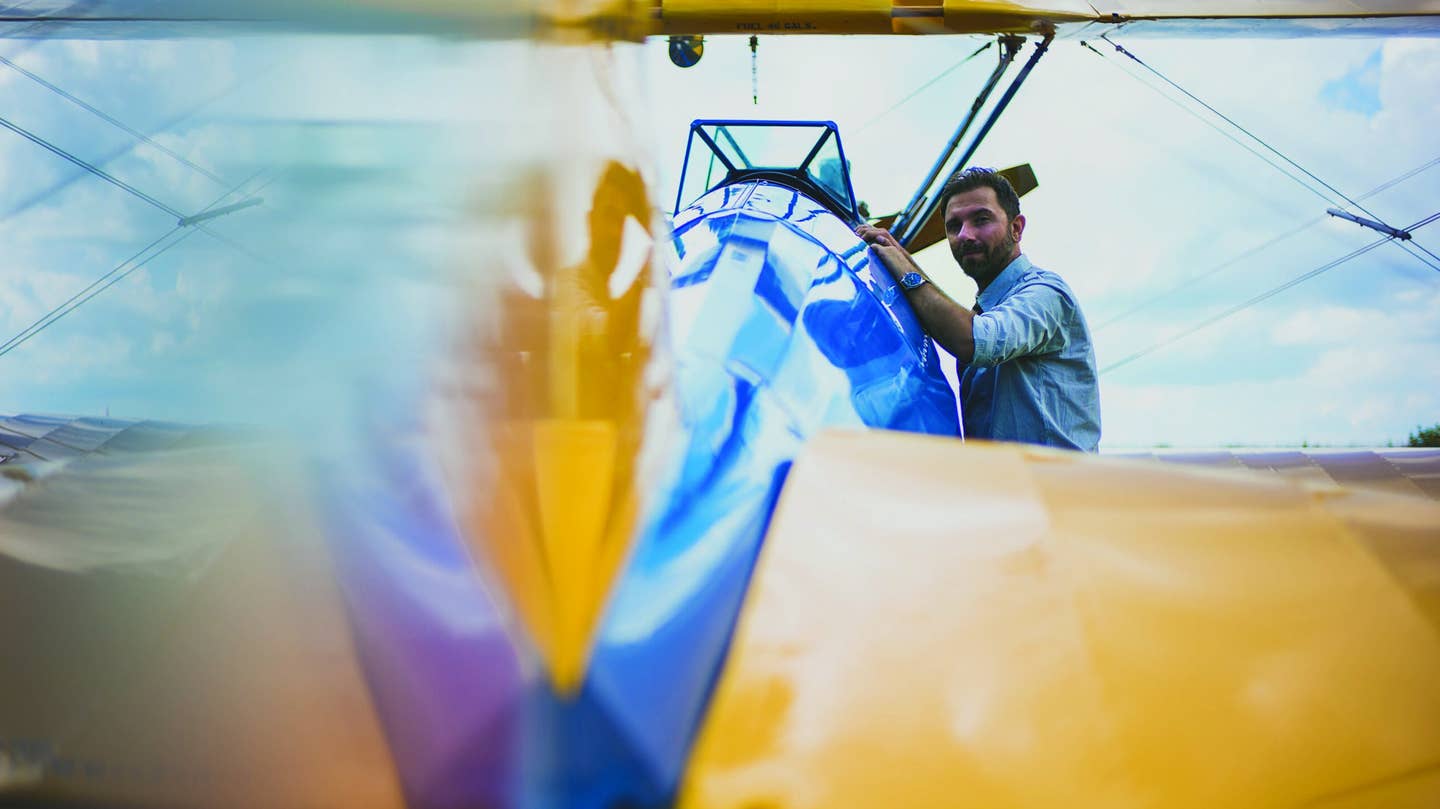
Technam, BRP-Rotax and Siemens are partnering on development of parallel hybrid powertrains. Technam photo
Three companies in Europe – Tecnam, BRP-Rotax and Siemens – announced they will lead a project for the development of parallel hybrid powertrains in general aviation.
Funded under the European Union’s Horizon 2020 program, the “High Power High Scalability Aircraft Hybrid Powertrain” (H3PS) project has the goal of providing a “foundation for the development, manufacturing and testing of the parallel hybrid propulsion system in general aviation aircraft,” according to the companies. It will be financed by the EU’s European Commission and Innovation & Networks Executive Agency (INEA).
The project brings together the engineering expertise from Italian light airplane maker Tecnam, German gasoline engine producer BRP-Rotax, and technology firm Siemens, which has been at the forefront of the development of electric propulsion systems for GA aircraft.
Fabio Russo, head of R&D and product development for Tecnam and project manager of H3PS, explained the significance of the project on its website: “Together with other Research and Innovation Actions funded under [the] H2020 umbrella and focused on development of different hybrid configurations, European aircraft and propulsion leaders will play an essential role both on conventional aircraft efficiency growth as well as on future and most innovative configurations,” Russo wrote.
H3PS held a kickoff meeting for the project on May 17 to focus on the status of research, aims of the project and expectations of stakeholders based on project outcome.
The objective of H3PS will be to fly a general aviation aircraft with the hybrid propulsion system to show its advantages and scalability.
The companies say the H3PS propulsion system will be able to power four-seat general aviation aircraft, whose current engines, though they are reliable, are still based on technology that is over half of a century old, and still require the use of leaded fuels in many instances.

Sign-up for newsletters & special offers!
Get the latest FLYING stories & special offers delivered directly to your inbox






